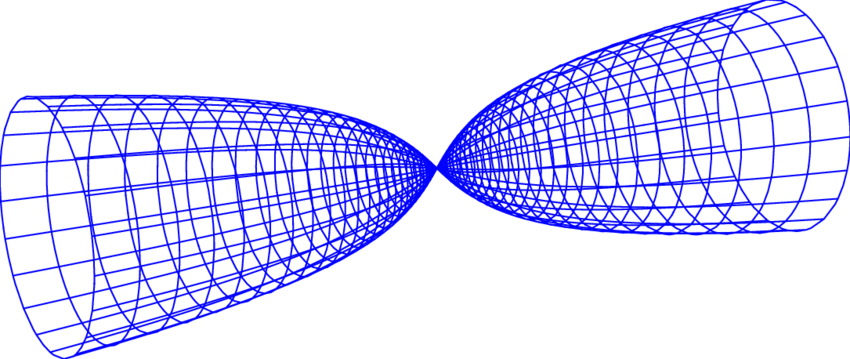Lorentz
Lorentz

Lorentz studied physics and mathematics at the Leiden University. He was influenced by his astronomy professor Frederik Kaiser; it was that influence that helped him to become a physicist. He taught night school classes in mathematics and continued his studies in Leiden. In 1875 Lorentz earned a doctoral degree his thesis was entitled “On the theory of reflection and refraction of light”, in which he refined the electromagnetic theory of James Clerk Maxwell.
Later on Lorentz worked on describing electromagnetic phenomena in reference frames that move relative to the medium that was believed to propagate light, the luminiferous aether. He discovered that the transition from one to another reference frame could be simplified by using a new time variable which he called local time. The local time depended on the universal time and the location under consideration. By that, he could explain the aberration of light and the result of the Fizeau experiment. Fizeau had developed an apparatus to measure the speed of light and it was quite accurate.

Fizeau’s experiment to measure the speed of light using an apparatus with a rotating notched wheel, a light source, a mirror. The distance between light source with the toothed wheel and the mirror was 11.44 km and the wheel had 720 notches. The experimentally determined value of c was 2.995 X 108 m/s when the outgoing light passed through one notch and then returned through the next notch.
c = (2 * d ) / T, T = ∅/W
Since the wheel covers n revolution per second then the time of one full revolution is 1/n seconds. Also since we have N gaps distributed uniformly over the wheel then the time taken by the wheel to traverse or cover one gap is
1 /1 ( n * N) = (2 * L) / c so the speed of light is .. c = 2 * L * N * n .. giving 2.99792 * 1010 cm / sec
The Danish Astronomer, Ole Römer measured of the speed of light using observations on the movement of planets way back in 1676.

While studying one of Jupiter’s moons, Römer noticed that the time between eclipses would vary throughout the year, based on whether the Earth was moving towards Jupiter or away from it. Römer recorded the time the moon I0 would come into view and how it correlated to the time it was usually expected. At this time the speed of light was considered to be infinite. After a while, Römer noticed that as the Earth orbited the sun and in turn got further away from Jupiter, the time Io would come into view would lag behind the expected time written down in his notes. Römer theorized that this was because the light reflected from Io wasn’t travelling instantaneously. He calculated the speed of light from this with reasonable accuracy considering the technique and the knowledge of the planetary distances of the time, Huygens' estimate was a value of 110,000 toises per second: as the toise was later determined to be just under two metres, this gives the value in SI units of about 220,000 meters per second.
Lorentz had invoked a term called local time to help simplify the understanding of light. Henri Poincaré thought that Lorentz’s local time concept was ingenious. He was the one who illustrated that clocks in moving frames are synchronized by exchanging light signals that are assumed to travel at the same speed against and with the motion of the frame. Einstein used this in his explanation of Relativity when he pointed out the simultaneity. Lorentz attempted to explain the Michelson-Morley experiment saying that moving bodies contract in the direction of motion
The magic formula in relativity
γ = 1 / √(1 - v2/c2)Lorentz transformations
Lorentz's paper used the covariant formulation of electrodynamics, in which electrodynamic phenomena in different reference frames are described by identical equations with well defined transformation properties. The document clearly recognizes the significance of this formulation, namely that the outcomes of electrodynamic experiments do not depend on the relative motion of the reference frame. The proposal includes a detailed discussion of the increase of the inertial mass of rapidly moving objects; it was also attempted to explain the length contraction.
Lorentz also added time dilation to his transformations and published what is known as the Lorentz transform. Time will slow down for a body as it approaches the speed of light.
T' = To / √(1 - v2/c2)


Comments
Post a Comment